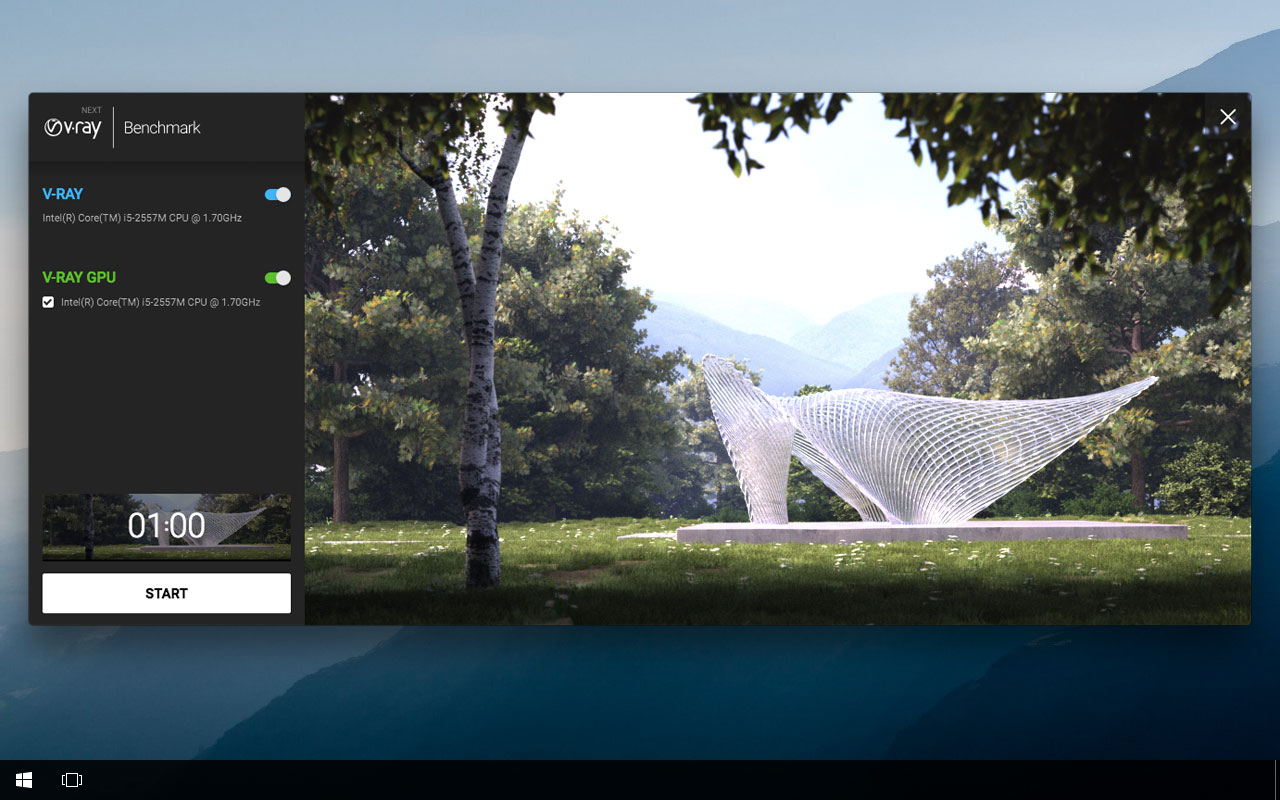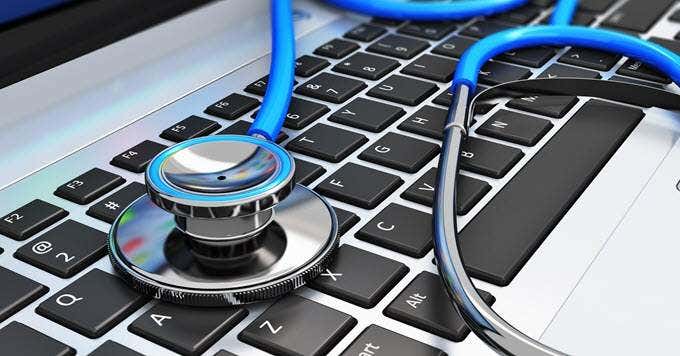- Mac Hardware Diagnostic Tool For Old Macdonald
- Mac Hardware Diagnostic Tool For Old Macbook Pro
- Mac Hardware Diagnostic Tool For Old Machinery
- Mac Hardware Diagnostic Tool For Old Macs
If you think your Mac may have a hardware issue, you can use Apple Diagnostics to help determine which hardware component might be at fault. Apple Diagnostics also suggests solutions and helps you contact Apple Support for assistance.
Prepare your Mac
- Shut down your Mac.
- Disconnect all external devices except your keyboard, mouse, display, Ethernet connection (if applicable) and connection to mains power.
- Make sure your Mac is on a hard, flat and stable surface with good ventilation.
Start Apple Diagnostics
Built into every Mac is a way to run an Apple Hardware Test, also known as an Apple Diagnostics. Hardware Tests are an effective way to identify the cause of a Mac performance problem, which could be CPU or GPU issue, a failing disk drive, an overloaded memory, a fan overheating, or any number of other potential faults. If you have an earlier Mac, the equivalent is called an Apple Hardware Test (AHT), but the basic principles are the same. To start using Apple Diagnostics or AHT, first turn off any firmware. Micromat's Techtool Pro 7 isn't just about recovering files off your hard drive, though it can do that. It can also do a thorough test on your Mac's memory modules to see if there are any RAM hardware failures (they do happen), along with things like Techtool Protection, which can more easily recover files that have been thrown in the trash, and eDrive, which lets you create an extra startup. If nothing happens, download GitHub Desktop and try again. „Apple Hardware Test (AHT) contains a suite of diagnostics that will test the hardware of your computer. If your Mac was released after June 2013, you will use Apple Diagnostics rather than Apple Hardware. System performance testing is a handy tool that keeps your Mac healthy, saves your time and money. The primary step is to understand whether the issue is a hardware or software one. While Apple Diagnostics deals with hardware breakdowns, CleanMyMac and MacPilot fix the software problems.
Determine whether you're using a Mac with Apple silicon, then follow the appropriate steps:
Mac Hardware Diagnostic Tool For Old Macdonald
Apple silicon
- Turn on your Mac and continue to press and hold the power button as your Mac starts up.
- Release when you see the startup options window, which includes a gear icon labelled Options.
- Press Command (⌘)-D on your keyboard.
Intel processor
- Turn on your Mac and then immediately press and hold the D key on your keyboard as your Mac starts up.
- Release when you see a progress bar or you're asked to choose a language.
View the test results
Apple Diagnostics shows a progress bar while it's checking your Mac:
When testing is complete, Apple Diagnostics will show the results, including one or more reference codes. Find out more about Apple Diagnostics reference codes.
To repeat the test, click “Run the test again” or press Command-R.
To restart your Mac, click Restart or press R.
To shut down, click Shut Down or press S.
To get information about your service and support options, make sure your Mac is connected to the Internet, then click ”Get started” or press Command-G. Your Mac will restart to a web page with more information. When you've finished, choose Restart or Shut Down from the Apple menu.
Learn more
On an Intel-based Mac, if you can't start Apple Diagnostics with the D key, try these solutions:
- Press and hold Option-D at startup to use Apple Diagnostics over the Internet.
- Make sure your Mac isn't using a firmware password.
Most Mac users will experience years of using a Mac without any problems. But every so often, a hardware issue could surface that could significantly impact how your Mac performs.
Mac Hardware Diagnostic Tool For Old Macbook Pro
Latest adobe flash player for mac download windows 10. Identifying the cause of problems — hardware or software — is the first step to fixing them. It could make a trip to an Apple Store or certified reseller easier knowing you've done all you can to identify and whenever possible, fix the problem yourself — saving you downtime and a potentially costly repair.
Built into every Mac is a way to run an Apple Hardware Test, also known as an Apple Diagnostics.
Hardware Tests are an effective way to identify the cause of a Mac performance problem, which could be CPU or GPU issue, a failing disk drive, an overloaded memory, a fan overheating, or any number of other potential faults. If you suspect it’s a hardware problem, Hardware Tests are the way to troubleshoot on Macs built before 2013. In newer models, those built after 2013, those same tests are labelled Apple Diagnostics.
How to Run Apple Diagnostics on any Mac
In some cases, a hardware problem is so severe that you won’t be able to switch your Mac back on. Thankfully, if you can run an Apple Diagnostics or Hardware Test, Apple Support suggests this is a way you can restart your Mac, even if it refuses to switch back on through other means.
Whether you are running an Apple diagnostics (on newer hardware and OS X devices) or a Mac hardware test (on older devices), Apple recommends printing their support instructions on how to run these tests. Once you’ve got the instructions in front of you, Apple recommends going through the following process to diagnose a hardware problem:
- For those with iMacs or any desktop-based device: Disconnect all external drives and hardware devices, except for the keyboard, mouse, display, and speakers.
- Select Apple Menu > Restart.
- Press and hold the D key when the Mac is restarting.
- Apple Diagnostics will run automatically. When it is complete, it will present a list of the problems encountered.
Common Mac Hardware Issues
At this point, you can either follow on-screen instructions or contact Apple Support — arranging a Genius Bar appointment — or go to an Apple Authorized Service Provider to make repairs, to fix the problems. Make a note of any reference codes.
Some of the most common hardware error codes indicate problems with:

- Wi-Fi — a failure of the AirPort wireless card (4AIR);
- Hard disk and SSD (4HDD)
- Logic board (4IRP)
- Memory — RAM (4MEM)
- External disk (4MHD)
- Fans (4MOT)
- Processor (4PRC)
- Video/graphics card (4YDC)
Most Mac error codes suggest a failure of the component they reference, or a related component that is causing a problem with the hardware. In most cases, an Apple specialist or technician may be needed to resolve this issue.
However, before you send your poor, unhealthy Mac off to the shop, there are several fixes you could try at home, such as resetting the PRAM or SMC. This can fix some of the most common errors, including problems with the logic board and fan.
Disk Utility (built-into every OS X) is useful for fixing memory (RAM), hard disk and external drive problems, as are several third-party apps.
Mac Hardware Diagnostic Tool For Old Machinery
For those with older Macs, when you are running an OS X Hardware Test, an alert message will appear once complete with a list of the problems encountered. Again, you have the option of following on-screen instructions to restore the Mac, or re-booting the device using a startup disk, or taking the Mac to a store or Authorized Service Provider.
In any scenario involving hardware, you need to be aware that you are at risk of losing any items on your Mac that haven't been backed-up to the cloud. We recommend storing as much as you can with a cloud provider, such as Dropbox, or Apple iCloud.
Another way to improve Mac performance
Mac Hardware Diagnostic Tool For Old Macs
What happens if you run a Mac diagnostics and it comes back with nothing? Does this mean you need to buy a new Mac? Or give up using Mac altogether, switching to another device and operating system?
An Apple Diagnostics or Hardware Test that reports a lack of problems indicates it could be a software issue. Another alternative worth exploring, especially if your Mac is overheating or slowing down, is that your storage is too full of junk, clutter, applications, and duplicate files and photos.

On average, Mac users have 62GB of data, files, apps, and images they do not need. Too many files slow down and overheat computers, making them difficult to use and causing them to crash more often.
CleanMyMac X is designed to clear up junk, clutter and get your Mac back to peak performance. With over 4 million downloads and hundreds of positive reviews, we know that CleanMyMac X has carefully removed over 11 million unnecessary apps and over 2.5 billion gigabytes of data clogging up Macs all over the world.
With two click removals, you can quickly clean loads of data, making your Mac easier to use and freeing up space for new documents, downloads and images. Once you've run a Hardware Test or Apple Diagnostics, use CleanMyMac X (it's free to try) to identify and fix any other issues that are causing your Mac to run slowly or overheat.
We hope this article was helpful and you found the answers to all your questions here. Stay tuned!